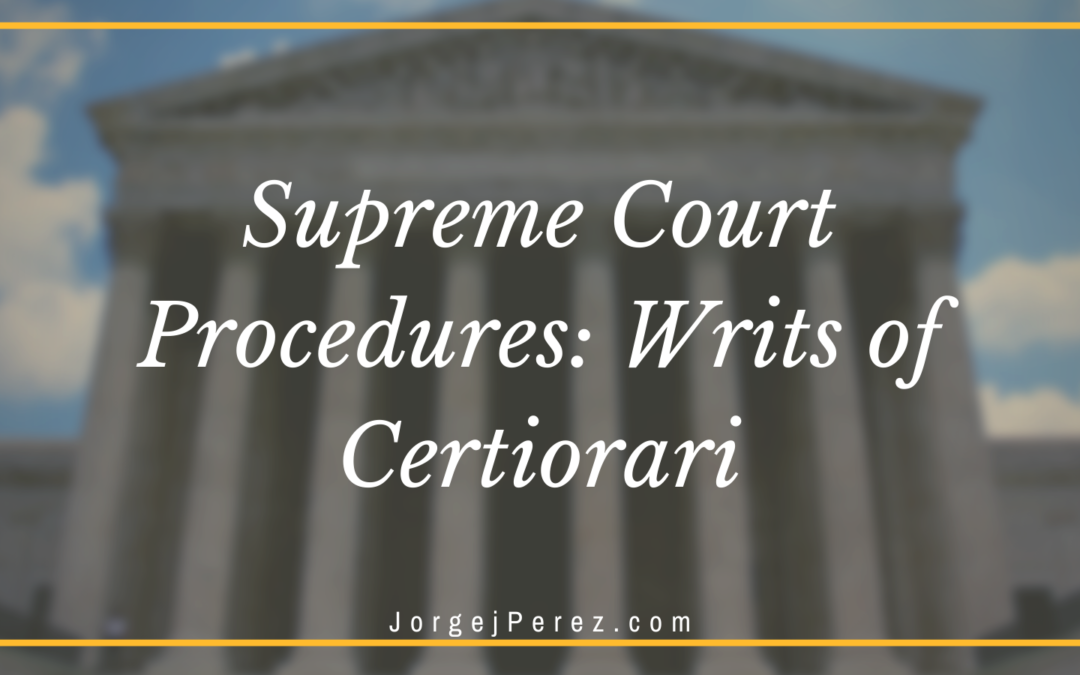The Supreme Court is the only court that was specifically established by the United States Constitution. With nine justices on the court, each member is to be appointed by the President and then confirmed by the Senate. Once they are confirmed, justices can hold office for a lifetime.
The Supreme Court possesses two methods of jurisdiction: original and appellate jurisdiction. Original jurisdiction requires that only the Supreme Court that will hear a case. These types of cases are limited to those that involve disputes amongst ambassadors or high-ranking ministers, or conflicts between states. Appellate jurisdiction, on the other hand, grants the Supreme Court authority to review the decisions of lower court cases. Majority of the cases that the court will hear are appeals from lower courts.
Nearly all of the cases, however, cannot be appealed to the Supreme Court as a matter of right; the passing of the Judiciary Act of 1925 and the Supreme Court Case Selections Act of 1988 have prevented this. Therefore, when parties are not satisfied with the decision of a lower court, they can petition for the Supreme Court to hear the case. The primary method to petition the court is via a writ of certiorari, which is essentially a request for the Supreme Court to order the lower court to send them a record of the case for review to determine if there were any irregularities.
Even though a petition is submitted, it does not mean that the Supreme Court is required to hear the case. Annually, there are more than 7,000 cases submitted for review, and the Supreme Court only accepts around 100 to 150 of them. The Court usually will only hear the case if it could have national significance, it might integrate adverse decisions in the federal circuit courts, or have authoritative value. More often than not, the Supreme Court will review cases that have been decided in a U.S.Court of Appeals or the highest court in its respective state.
For the case to proceed, at least four of the nine justices must grant the writ of certiorari. If the Supreme Court does decide to allow the filing of the petition, the case will then be scheduled for the filing of briefs, followed by an oral argument.

